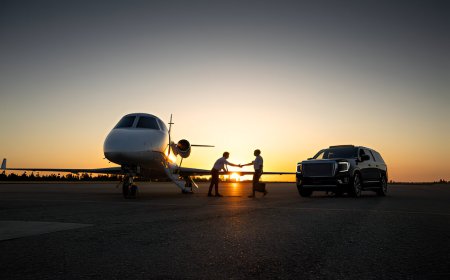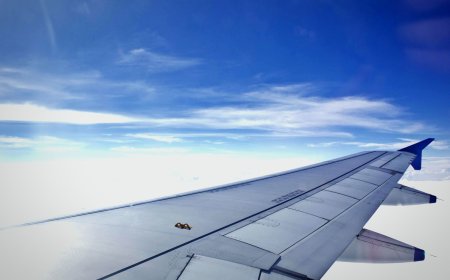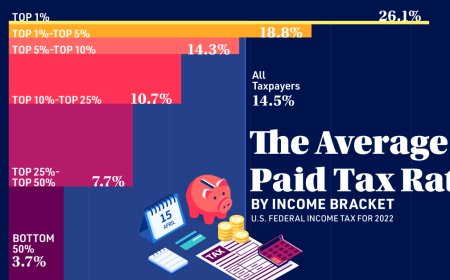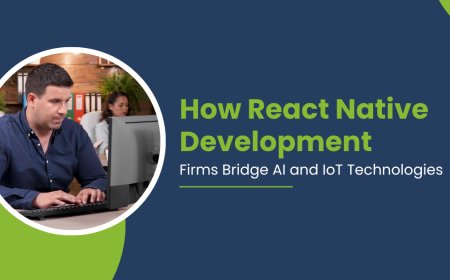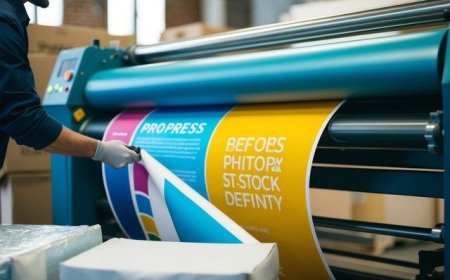Understanding the Partner Visa Australia Cost: A Human Rights-Centered Guide
Australia’s Partner Visa program is a lifeline for couples separated by geography but united by love. If your partner is an Australian citizen, permanent resident, or eligible New Zealand citizen, you may be eligible to apply for a Partner Visa in Australia.
Australias Partner Visa program is a lifeline for couples separated by geography but united by love. If your partner is an Australian citizen, permanent resident, or eligible New Zealand citizen, you may be eligible to apply for a Australia Partner Visa Services. However, many applicants are surprised to discover thesignificant cost involved in the process. This article will provide a comprehensive overview of Partner Visa Australia cost, its breakdown, the hidden expenses, and why this cost also ties into broader human rights themes such as family reunification and fair access to migration.
What is a Partner Visa in Australia?
The Partner Visa allows the spouse or de facto partner of an Australian citizen or permanent resident to live in Australia. It is generally granted in two stages:
-
Temporary Partner Visa (Subclass 820) allows you to stay in Australia while your permanent visa is processed.
-
Permanent Partner Visa (Subclass 801) typically granted two years after the temporary visa, if the relationship is still ongoing.
There is also an offshore option for those applying outside Australia (Subclass 309/100).
How Much Does a Partner Visa Cost?
As of 2025, the base application charge for the Australian Partner Visa is:
-
AUD 8,850 for the main applicant
-
Additional AUD 4,430 for a dependent child over 18
-
Additional AUD 2,215 for a child under 18
This makes it one of the most expensive visa applications in the world.
Why is the Partner Visa So Expensive?
The high cost of the visa can be attributed to:
-
Administrative processing and background checks
-
Demand management high cost helps regulate demand
-
Revenue generation for the government
However, critics argue that such high fees may act as a barrier to family reunification, raising concerns from a human rights perspective.
Additional Expenses You Should Know
Apart from the visa application fee, you may incur several hidden or supplementary costs:
| Item | Estimated Cost (AUD) |
|---|---|
| Medical Examination | $300 $500 |
| Police Clearance (each country) | $40 $100 |
| Translation of Documents | $30 $50 per page |
| Migration Agent/Legal Fees (optional) | $2,000 $6,000 |
| Relationship Counseling (if required) | $100 $200 per session |
| Travel (if offshore) | Varies |
These extra costs can push the total cost of a partner visa to well over AUD 10,000 15,000, especially if you use professional legal services.
Paying in Installments Is It Possible?
Unfortunately, the Department of Home Affairs requires full payment of the visa fee at the time of application. There are no installment options provided directly by the government. However, some migration agents offer payment plans for their service fees.
Financial Burden and Human Rights
1. Right to Family Life
The Universal Declaration of Human Rights (Article 16) recognizes the right to marry and found a family, which implies the right to live together. A high visa cost can infringe upon this right, especially for low-income families or migrants from developing countries.
2. Equality of Access
The cost can disproportionately affect vulnerable applicants, such as:
-
Refugees or asylum seekers
-
Low-income families
-
LGBTQ+ applicants from countries with persecution
Such financial hurdles create an unequal migration system, where only the wealthy can afford to reunite with loved ones in Australia.
How to Reduce Costs?
Here are a few tips to minimize your partner visa expenses:
Prepare Your Application Yourself
While migration agents are helpful, some applicants prepare and submit the application themselves using online tools and government guides.
Collect All Required Evidence Early
Delays in obtaining police clearances or documents can lead to longer wait times and higher legal fees.
Apply Onshore (if possible)
Onshore applicants may be eligible for a bridging visa, allowing them to stay in Australia and work while their application is processed.
Are the Fees Refundable?
Visa fees are generally non-refundable, even if your visa is refused or withdrawn. Refunds may only be considered in very specific cases, such as:
-
Death of the applicant before processing
-
Duplicate payments
This is another reason why careful preparation and potentially working with a migration agent can be a wise investment.
Processing Times and Financial Planning
The Partner Visa processing time can range from 6 months to 2 years, depending on the complexity of your case. This long processing period should be factored into your financial planningespecially if your visa status affects your work rights or access to healthcare.
Real Story: Love vs. Expense
Consider the case of Nina and Ahmed, a couple from Pakistan and Australia, respectively. Despite meeting all relationship criteria, the visa fee and legal costs made the process nearly impossible for them. It took two years of saving and support from community organisations for them to finally afford the applicationhighlighting how financial costs can be an obstacle to human connection and dignity.
Final Thoughts
The Partner Visa Australia cost may be high, but it's essential to view it not just as a number, but as part of a larger social issue. Access to family life should not depend on one's bank balance. While the Australian system has its checks and balances, its crucial to ensure it aligns with the core human rights principlethe right to live with and love who you choose.
Before you apply, take time to research all expenses, plan your finances, and explore support options. Whether you choose to apply independently or with help, understanding the true costboth financial and emotionalwill better prepare you for your migration journey.






